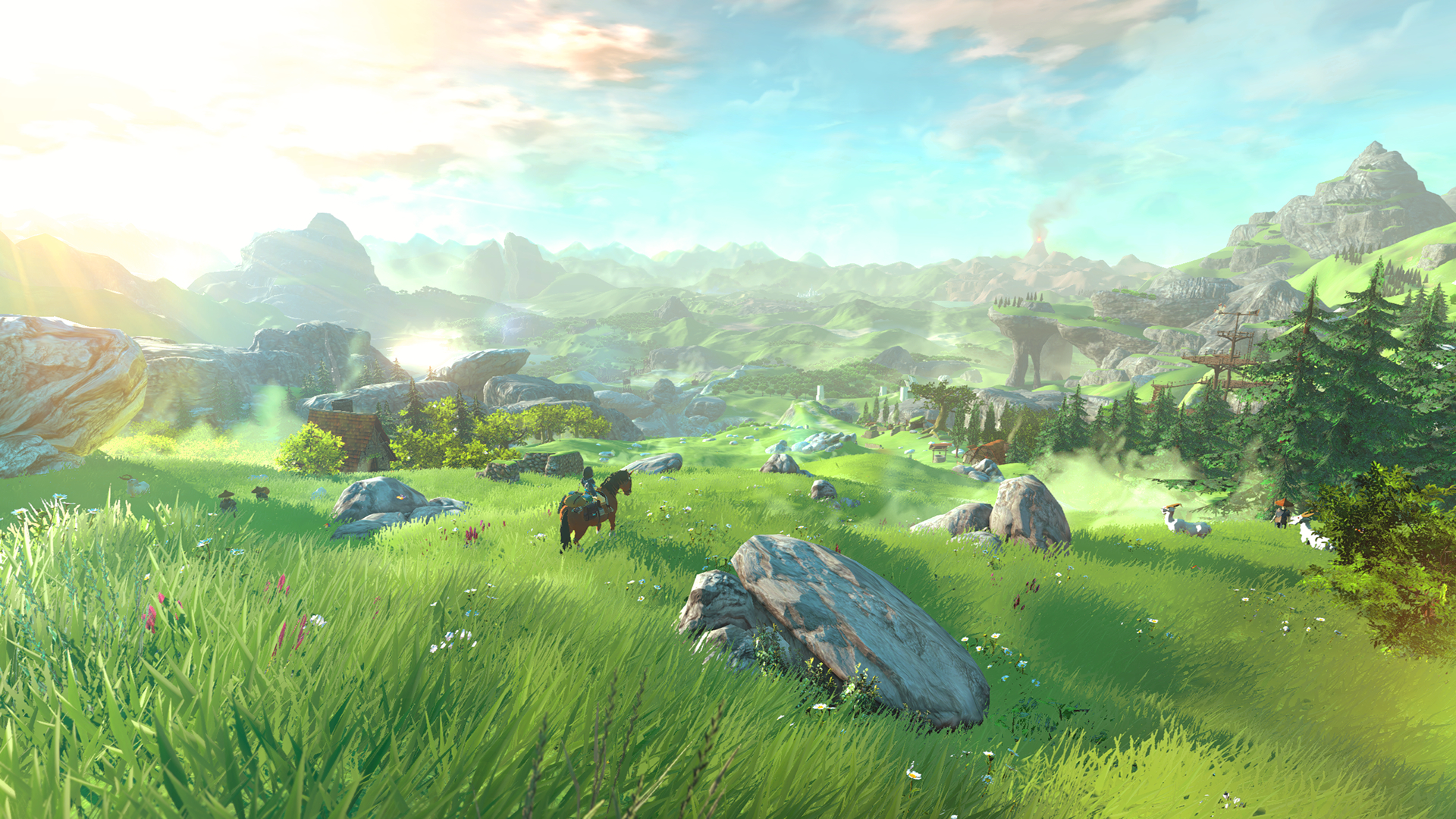The Legend of Zelda series, spanning 30 years, 27 games, 11 platforms, and one epic sense of adventure, has come to set the bar for success and player loyalty goals in the gaming industry. Many modern gamers, myself included, credit early Zelda titles such as The Ocarina of Time as their gateway to gaming. There are countless reasons for the huge success of the Zelda franchise, from its compelling characters, to its beautiful graphics, and immersive plotlines. What really makes the Legend of Zelda series stand out, however, is its history of throwing curve balls at the players and the gaming industry alike by regularly introducing unique, ground-breaking mechanics.
With so many titles, there are plenty of unique mechanics developers can learn from, but here are three of the most notable.
1. Emphasis on Time
In most games, time is completely irrelevant. Generally speaking, even today characters usually do not age or change as a game progresses, and while many games now include cycles of day and night, the passage of time rarely has any major impact on a game and remains mostly a visual addition.
In Zelda titles, however, the passage of time often becomes integral to the game. This emphasis was first introduced in The Ocarina of Time, in which Link must travel back and forth through time in order to save Hyrule.

The mechanics of the game change depending on how old Link is, as Young Link is not able to use the same weapons as Adult Link and vice-versa. It also introduces an interesting puzzle solving aspect to the game. For example, there are certain things that must be done as Kid Link before Adult Link is able to get Epona.
Majora’s Mask took this emphasis a step further by adding the three day cycle, forcing players to race against the clock. While it is possible to travel through time, thus extending the time limit, players risk losing some of their game progress if they time travel too carelessly or take too long to complete part of the game.

In general, Zelda uses time to add an additional puzzle dynamic and to keep things interesting for players. Plus, these mechanics give a level of realism to the Zelda universe that other franchises continue to lack.
2. Variations of Player Character
Another clever mechanic Zelda games regularly use to mix things up is the inclusion of multiple versions of the player character, Link. This mechanic was first introduced in Ocarina of Time with Kid Link and Adult Link, but more recent games have taken it to a whole different level.

In Majora’s Mask players must collect (you guessed it) masks, which enable Link to transform into different races, such as a Goron or a Zora. Each transformation brings new abilities and limitations that players must learn to utilize in order to progress in the game. Twilight Princess also built upon this mechanic with the introduction of Wolf Link, which players must learn to play while within the Twilight Realm.
![]()
Zelda games tend to be rather lengthy. By including these multiple versions of Link, the games are able to regularly switch up the mechanics to keep players interested from beginning to end. This is an excellent trick for keeping players engaged and keeping your game from become tedious as the hours add up.
3. Companions
While they might not always have a huge impact on the games themselves, Link’s companions have been an iconic aspect of the Zelda games ever since Navi first said “Hey! Listen!” in Ocarina of Time.

The companions are more than just an icon, however, they also serve an important function in the games (at least the first time through). As I said, Zelda games tend to be rather lengthy. As a result players do not always have time to binge through a game in a few days. Link’s companions make it possible for players to leave the game for long periods of time without forgetting what they were doing when they last played. They will also often remind you of vital hints other characters have given you, in case you forget or hit the ‘A’ button a few too many times and miss something important. Skyward Sword even took this a bit further by giving players a number of ways to interact with their companion, Fi, such as requesting hints, getting insight to areas and enemies, and getting primary objective reminders.

Conclusion
Few game franchises enjoy the type of success and loyalty that Legend of Zelda has maintained for decades. Zelda developers know how to push boundaries, and even when they reuse mechanics they adapt them to each game so they never feel tired or cliched. Your games would almost definitely benefit from a clever adaptation of one of these ground-breaking mechanics; what spin will you put on them?

